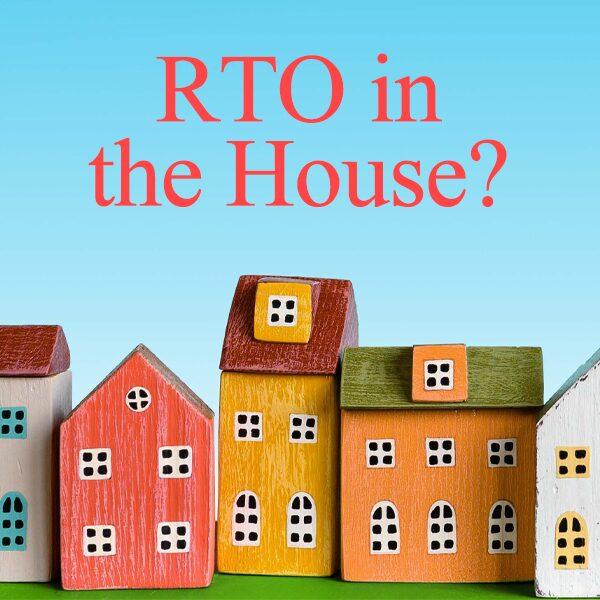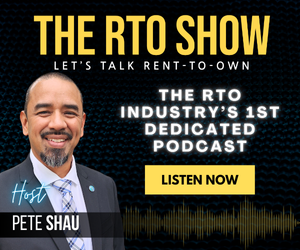RTO is in the news these days. The good news is that this time, it is not about us. RTO stands for all sorts of things on the Internet, including: Regenerative Thermal Oxidizers; Regional Transport Office; Resident Technical Officer; Real Time Objectives; Regional Tax Office; Return To Office, and many more. This time, the news is about the “rent-to-own housing.”
RTO housing, a concept very different from our business, has been championed by some as a creative way to increase homeownership. The Canadian government is considering an investment of tens of millions of Loonies in RTO housing.
RTO housing transactions appeal to would-be homeowners who, for any number of reasons, are unwilling or unable to close on a real estate deal at the moment. They might not have the required down payment. They might not have a credit score that qualifies them for the mortgage to buy the desired dwelling. Or they might not know whether this is really the house for them, and they want to “try it before they buy it.”
An RTO house deal is really two separate deals. It is a lease for the house – anywhere from one to five years – and there is also an option contract, usually giving the tenant the option, but not the obligation, to purchase the house at a later date, often once the lease expires.
The tenant/buyer may have to pay for the purchase option upfront, maybe 3-5% percent of the purchase price. Then the lease payments often will include a premium over market rental rates, which accumulates in the tenant’s favor and can apply toward the purchase price down the road.
There is no one way to do RTO housing deals, and issues abound. Will the parties fix the purchase price on day one of the lease or will they wait until the lease expires to negotiate it, perhaps via an appraisal(s)? Will any portion of the lease payments apply to reduce the purchase price of the house? Who is in charge of maintenance and which kinds are covered during the lease term? There is a huge pecuniary difference between keeping the grass mowed and replacing the roof. What kind of insurance is required and who pays for it? All of these questions and more must be answered, finally, in the written documents relating to the RTO transaction, and every deal is a little different.
The idea behind many RTO house deals is that while the would-be buyer would not qualify for a mortgage today, in a couple of years, with the chance to build up some down-payment money through higher-than-market rent payments and disciplined payment of bills as they become due to raise credit scores, in 2-5 years, it’s realistic to suppose the tenant will be able to qualify for that mortgage. That’s the theory underlying RTO housing, anyway.
With real estate prices recently escalating rapidly in many markets, an RTO deal for a house might make more sense than ever, especially if the tenant can lock in a price for the property today and enjoy the escalation in values while renting.
Consumer advocates, while urging caution, acknowledge that RTO housing can lead to more people owning their own homes, which is generally seen as a good thing for society. Our friends representing consumers are going to have to be careful not to appear hypocritical by praising RTO housing while condemning the TV, appliance, and furniture RTO business.
Ed Winn III serves as APRO General Counsel. For legal advice, members in good standing can email legal@rtohq.org.










